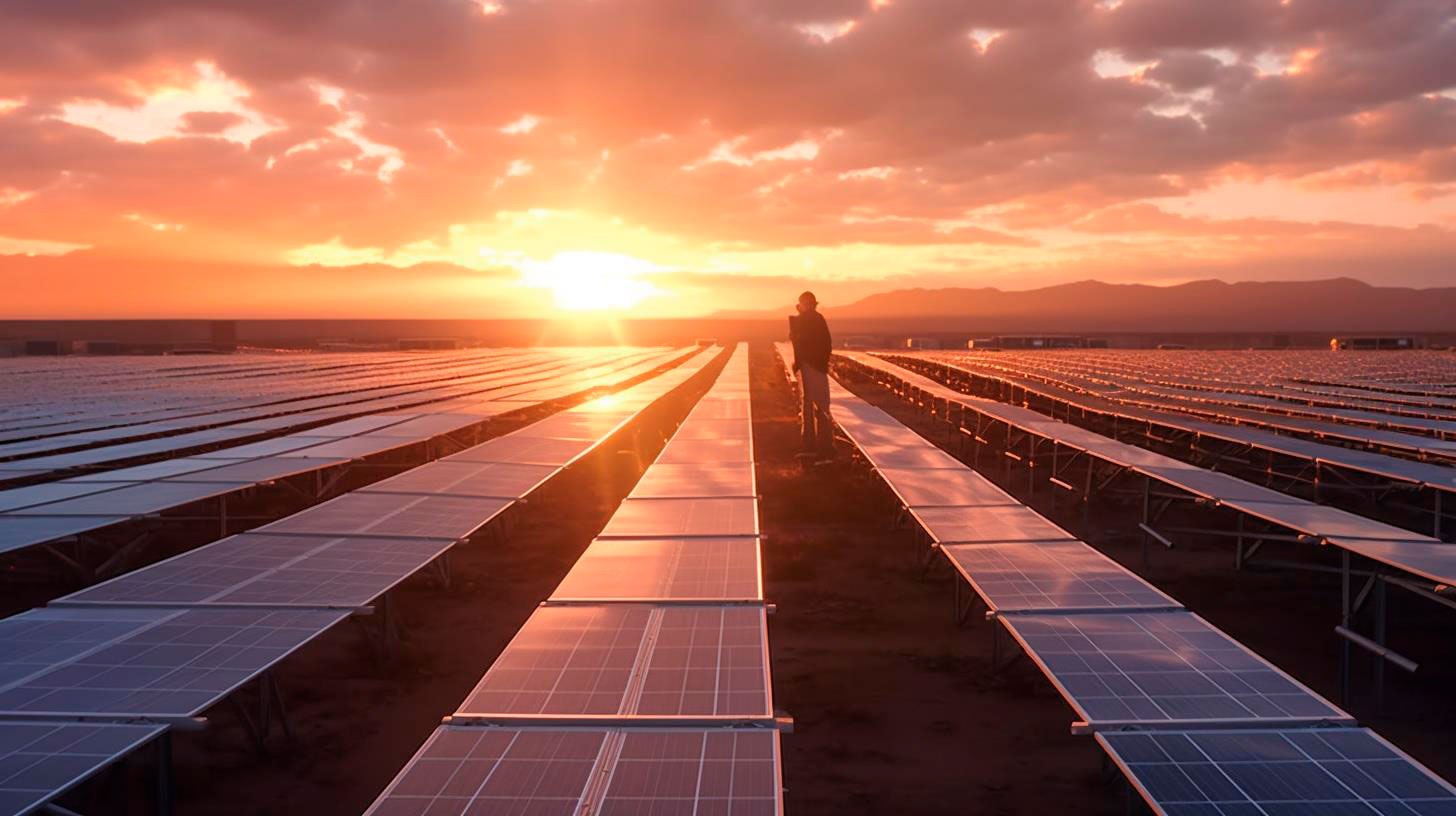Renewable Energy Policies as Catalysts for National Energy Resilience
Renewable energy policies not only help combat the negative effects of climate change but also act as catalysts for achieving national energy resilience.
What is National Energy Resilience?
National energy resilience refers to a country’s ability to withstand and recover from energy disruptions, such as power outages or supply shortages. It involves diversifying energy sources, enhancing energy infrastructure, and reducing dependence on foreign energy supplies.
The Role of Renewable Energy Policies
Renewable energy policies play a significant role in promoting national energy resilience. These policies typically involve setting targets for renewable energy deployment, providing financial incentives for investment in clean energy projects, and implementing supportive regulatory frameworks.
Diversification of Energy Sources
A key feature of renewable energy policies is the emphasis on diversification of energy sources. By promoting the development of multiple renewable energy technologies, countries reduce their reliance on a single energy source and mitigate the risks associated with price volatility or supply disruptions.
- Wind energy: Harnessing wind power has gained traction globally, with over 591 GW of installed wind capacity worldwide in 2020 (according to the Global Wind Energy Council).
- Solar energy: Solar power is another renewable energy source experiencing rapid growth, with the global installed capacity reaching approximately 773 GW in 2020 (as reported by the International Energy Agency).
- Hydropower: Hydropower remains the largest source of renewable electricity globally, contributing to around 16% of total electricity production worldwide (according to the International Hydropower Association).
Enhancing Energy Infrastructure
Investments in renewable energy go hand in hand with enhancing energy infrastructure, which is vital for achieving national energy resilience. Building a robust grid system capable of accommodating fluctuating renewable energy generation is essential. Furthermore, the integration of energy storage technologies, such as batteries, helps maintain a steady supply of electricity during periods of intermittent renewable energy generation.
Reducing Dependence on Foreign Energy Supplies
Relying on foreign energy supplies creates vulnerabilities during times of geopolitical instability or disruptions in global energy markets. Renewable energy policies stimulate local energy production, reducing dependence on imports. This not only strengthens a country’s energy resilience but also enhances energy security and promotes economic growth by creating jobs in the renewable energy sector.
Key Takeaways
- Renewable energy policies are crucial for achieving national energy resilience.
- Diversification of energy sources reduces dependence on a single energy source and mitigates supply disruptions.
- Investments in renewable energy infrastructure, including grid systems and energy storage, are essential for supporting the integration of renewable energy.
- Reducing dependence on foreign energy supplies enhances energy security and fosters economic growth.
As the world moves towards a sustainable and resilient energy future, governments must prioritize renewable energy policies. By diversifying energy sources, enhancing infrastructure, and reducing dependence on foreign energy supplies, countries can improve their energy resilience while simultaneously combating climate change. Investing in renewable energy is not only a strategic decision but also a crucial step towards securing a sustainable and prosperous future.
Sources:
Renewable Energy Statistics 2021: International Renewable Energy Agency
Hydropower Statistics 2021: International Hydropower Association
